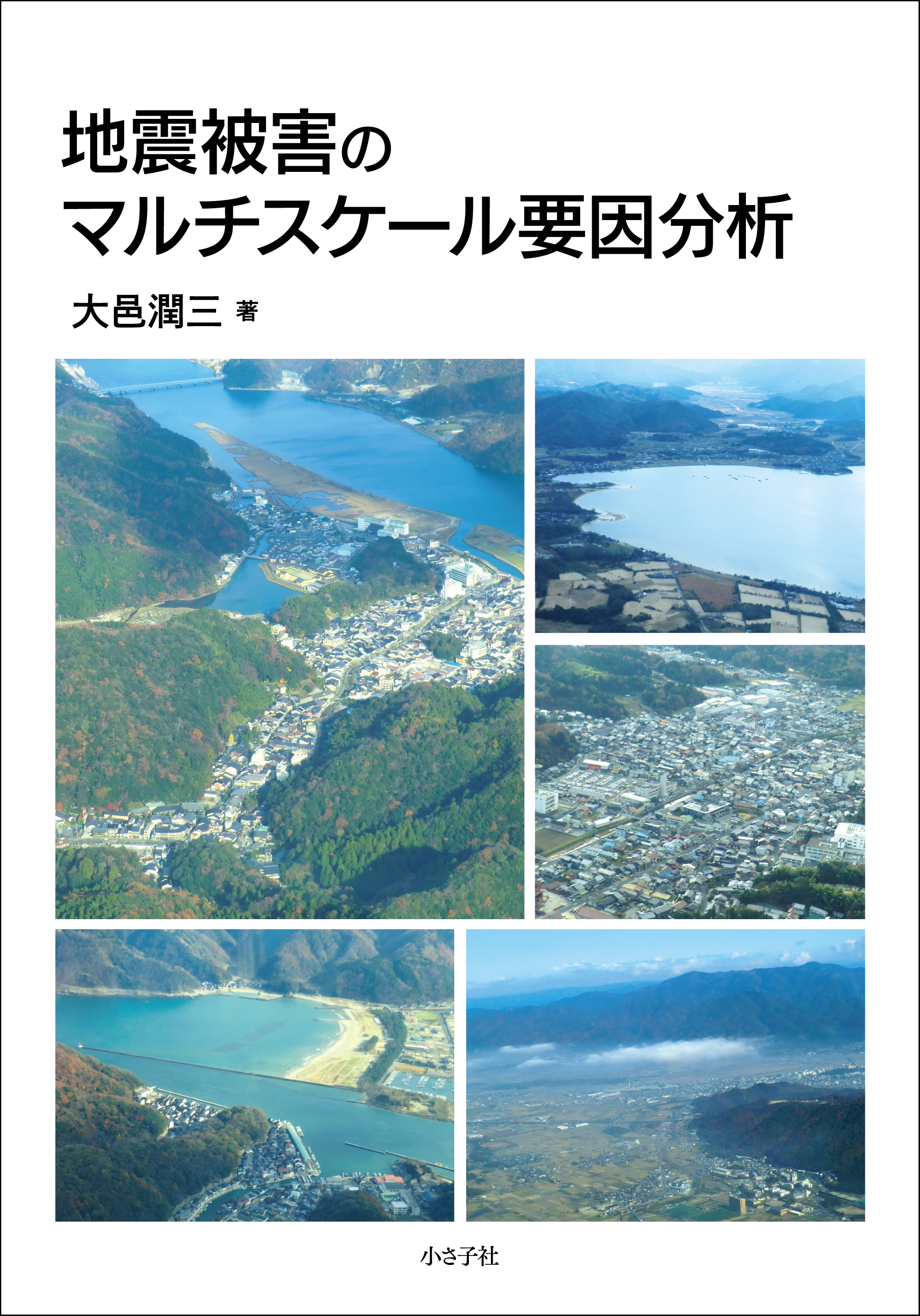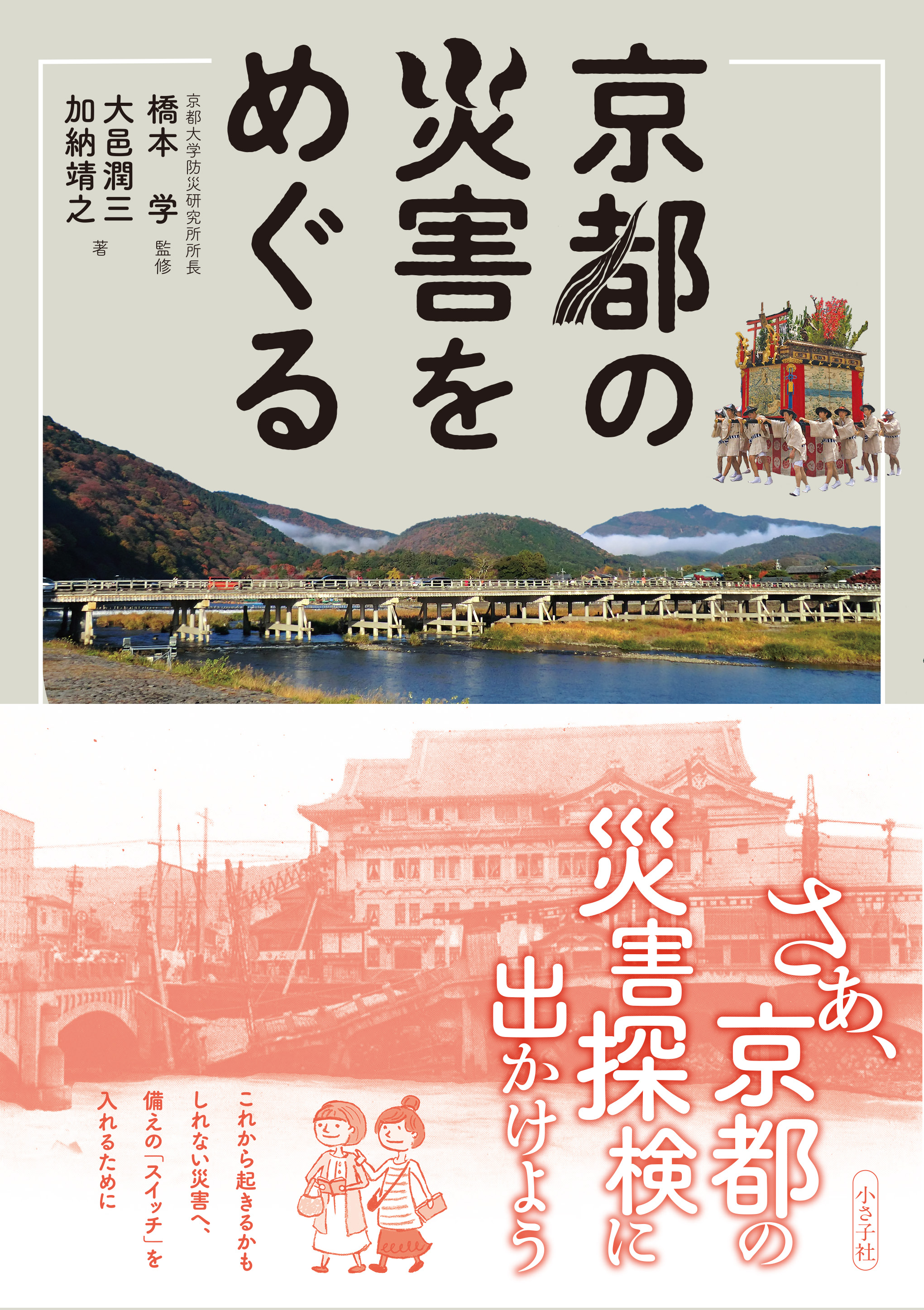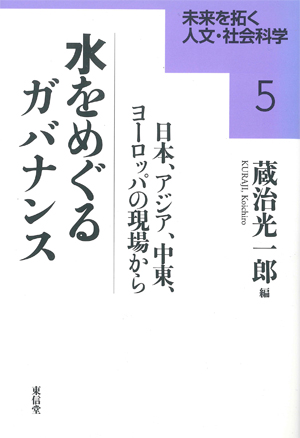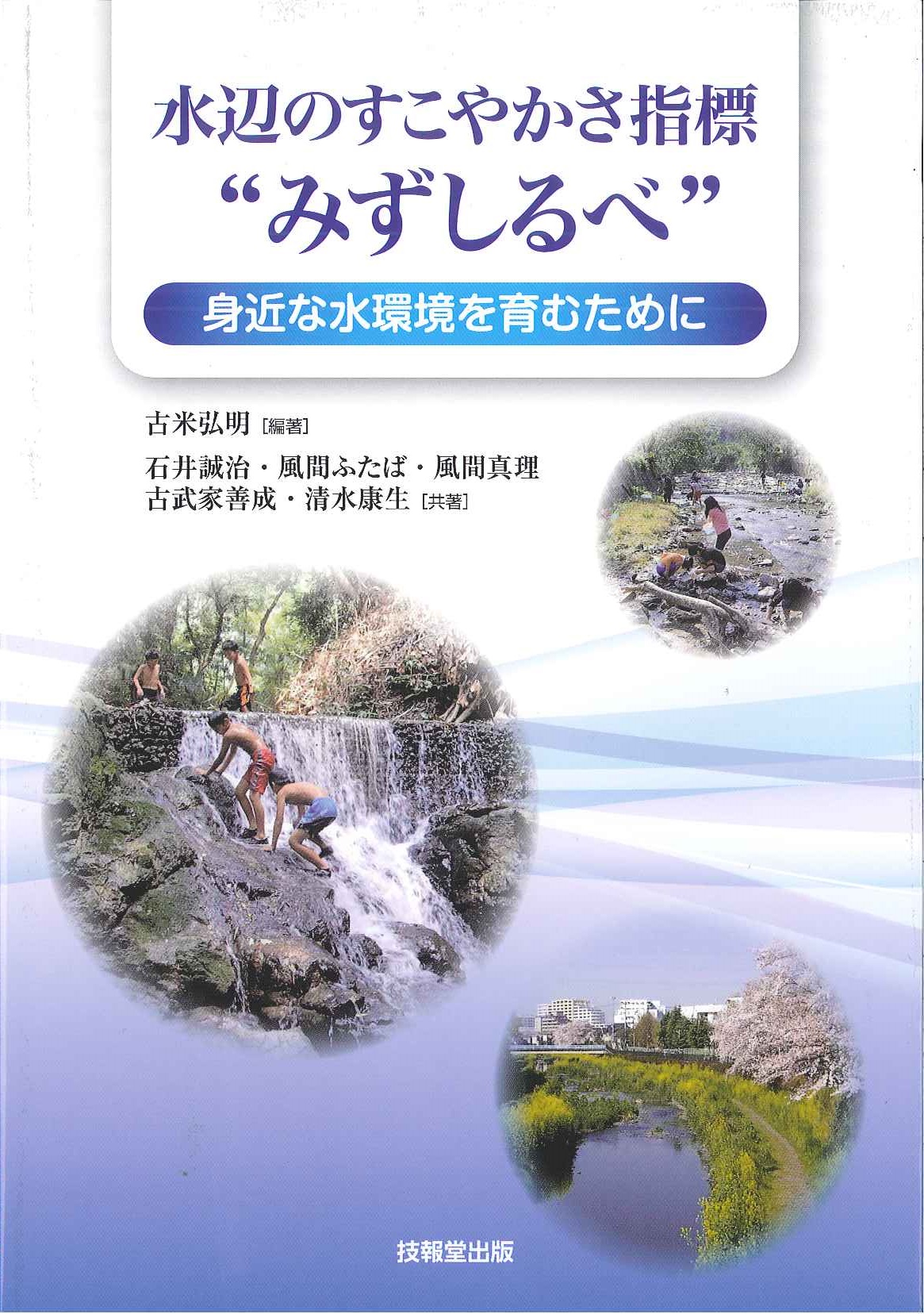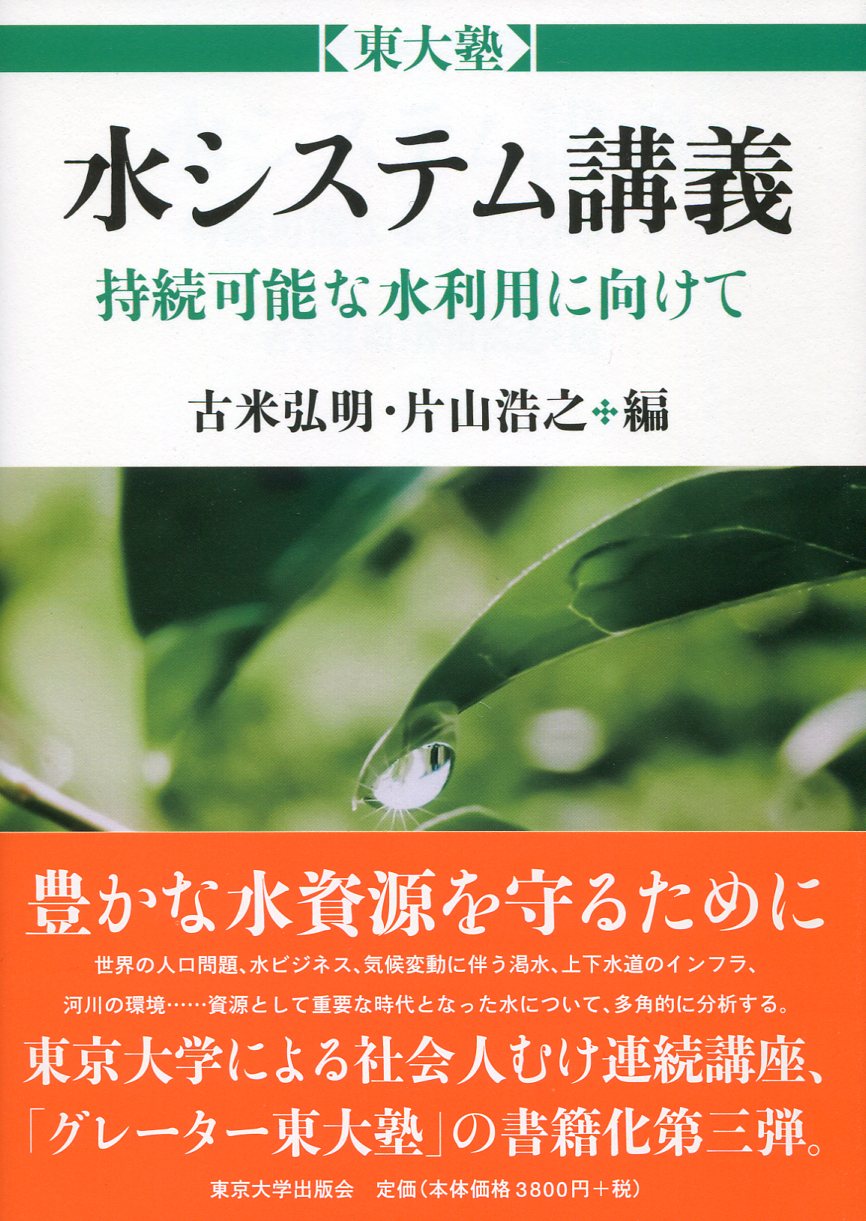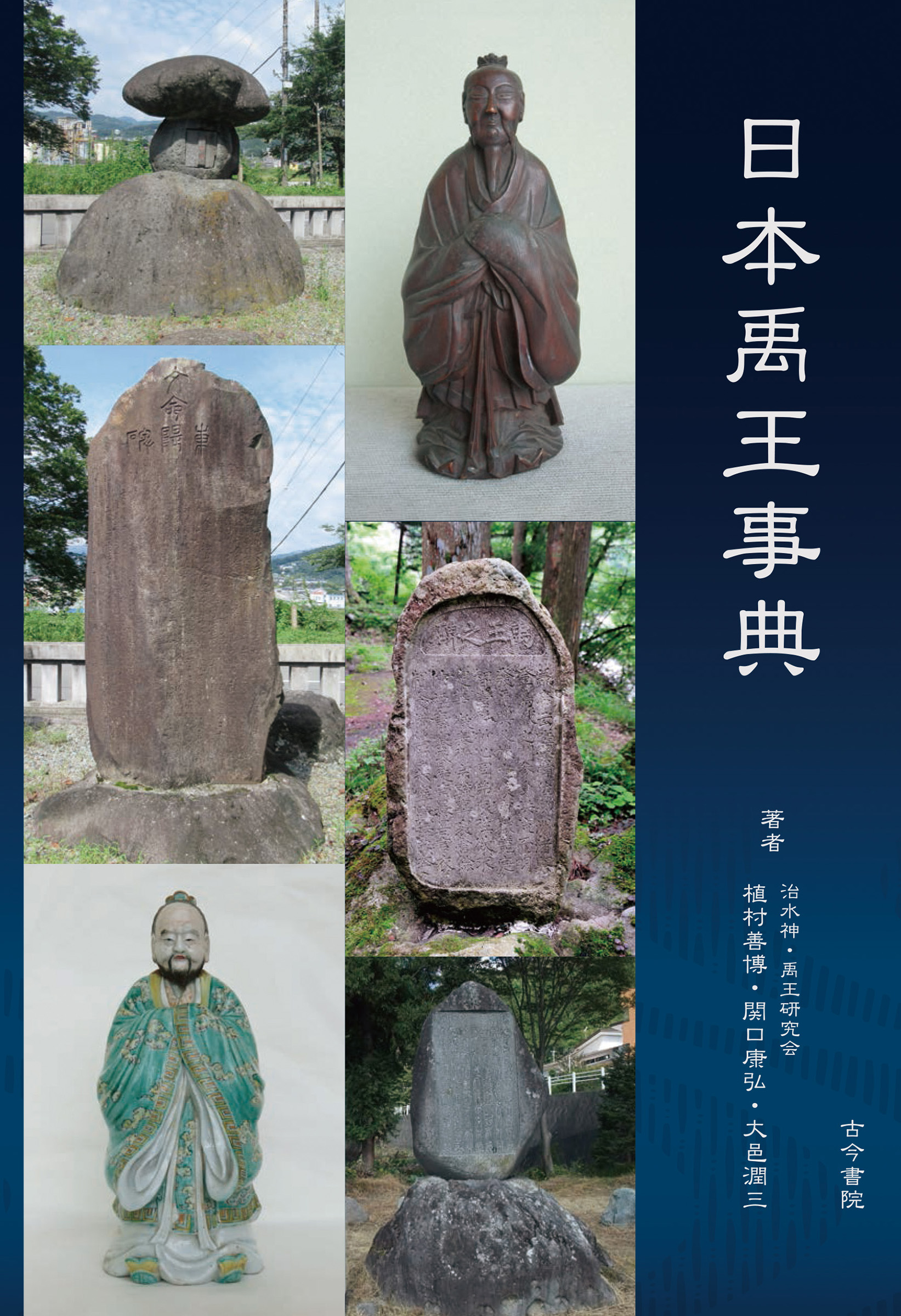
Title
Nihon Uō Jiten (Encyclopaedia of King Yu in Japan)
Size
349 pages, A5 format
Language
Japanese
Released
April 25, 2023
ISBN
9784772261203
Published by
Kokon Shoin
Book Info
See Book Availability at Library
Japanese Page
Yu, a legendary emperor of ancient China, is said to have been ceded the throne by the emperor Shun in recognition of his achievements in controlling the flood waters of the Yellow River and to have founded the Xia dynasty. His achievements in flood control and his moral character were highly praised, becoming the subject matter of legends, and he appears repeatedly as a sage-ruler in The Analects and various other texts. He became an object of worship as the god of flood control and a sage, and shrines dedicated to him were built throughout China. Because of these circumstances, in Japan, too, which has since ancient times been strongly influenced by the civilization of mainland Asia, the legend of Yu was accepted and became part of Japanese culture, being transmitted down to the present day. The cultural reception and establishment of Yu in Japan have until now not received much attention, but there are many steles with inscriptions that cite the achievements of Yu as an example when giving public recognition to flood control projects. Even today, examples of Yu enshrined as an object of worship have been confirmed throughout Japan. This book presents inscriptions and objects of worship related to Yu in Japan as “sites associated with King Yu” and describes the reception of Yu in Japan.
Among Japanese texts, the Kojiki and Nihon shoki already contain passages referring to Yu, and so he was known in Japan in the eighth century. In addition, it is recorded in the Yōshū fushi (1686) that, according to an oral tradition, a “Shrine of Yu of Xia” was built in Kamogawa, Kyoto, in 1228, and there is also a reference to a “Shrine of Yu of Xia” in an entry for 1488 in the Inryōken nichiroku. In the early modern period, Confucianism and Confucian studies were promoted, as a result of which Yu and his achievements became widely known, and in the seventeenth century increasing numbers of steles and so on related to Yu were erected throughout the country. Sites associated with King Yu dating from 1700–1750 are especially numerous, and many of them are related to flood control. A background factor in this is thought to have been the expansion of residential and productive sites into areas at risk of flooding because of advances in the development of new rice fields. The eighteenth century was a time when many natural disasters occurred, leading to an increase in flood control projects to deal with them, and altars and shrines to pray for the elimination of disasters and abundant crops appeared in many regions. In modern times, there were fewer sites related to religious beliefs because of the changing historical background, but there was an increase in examples of the achievements of Yu being cited on monuments related to the advancement of modern river improvements.
There is also such a site associated with King Yu in the grounds of the University of Tokyo that is related to modern civil engineering. A bronze statue of Furuichi Kōi stands beside the main gate of the Hongō Campus of the University of Tokyo. Furuichi was born in 1854 in the Edo residence of Himeji domain, and in 1875 he went to France to study science and engineering, whereafter upon his return to Japan he was involved in various projects such as improvements to the Shinano River. He served as the first president of the Imperial College of Engineering and the first president of the Society of Civil Engineering, and his statue was erected in order to honour his wide-ranging achievements in civil engineering, university administration, and so on. There is a plaque next to the statue, which praises Furuichi’s achievements, stating that they ranked with the achievements of Great Yu in flood control. This book introduces 165 such inscriptions, shrines, and so on together with maps and detailed explanations. I would like readers to visit these sites associated with King Yu throughout Japan, taking this book with them, and to gain a sense of how Yu was received and took root in Japan.
(Written by OMURA Junzo, Research Associate, Earthquake Research Institute / 2023)



 Find a book
Find a book


